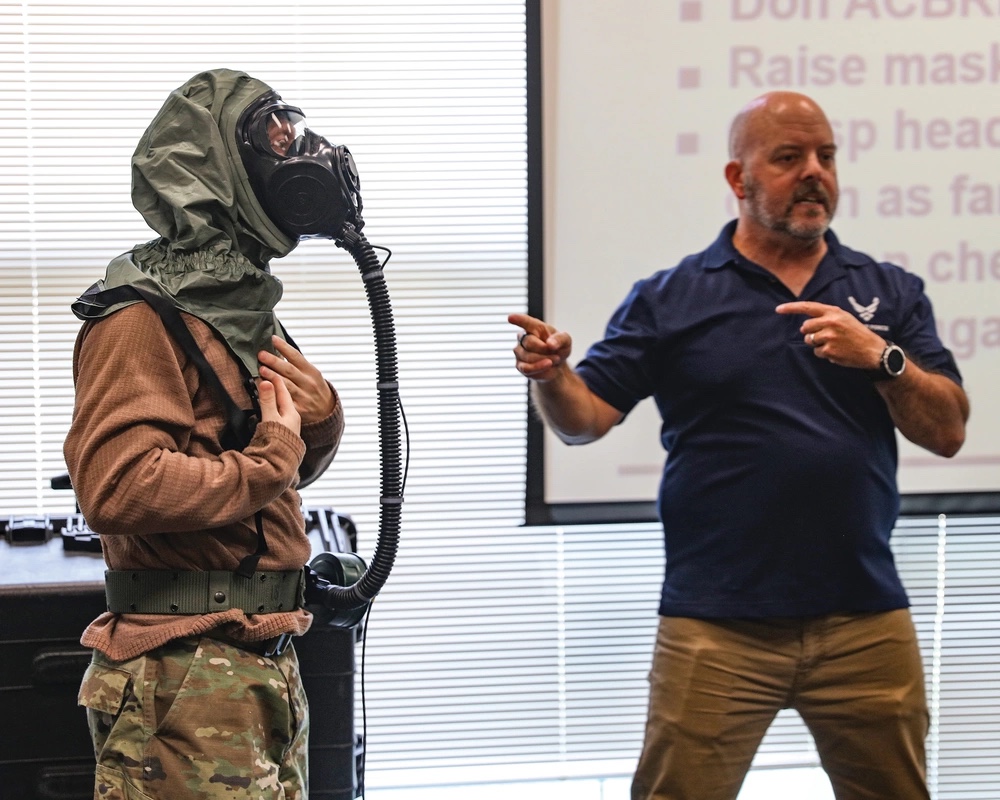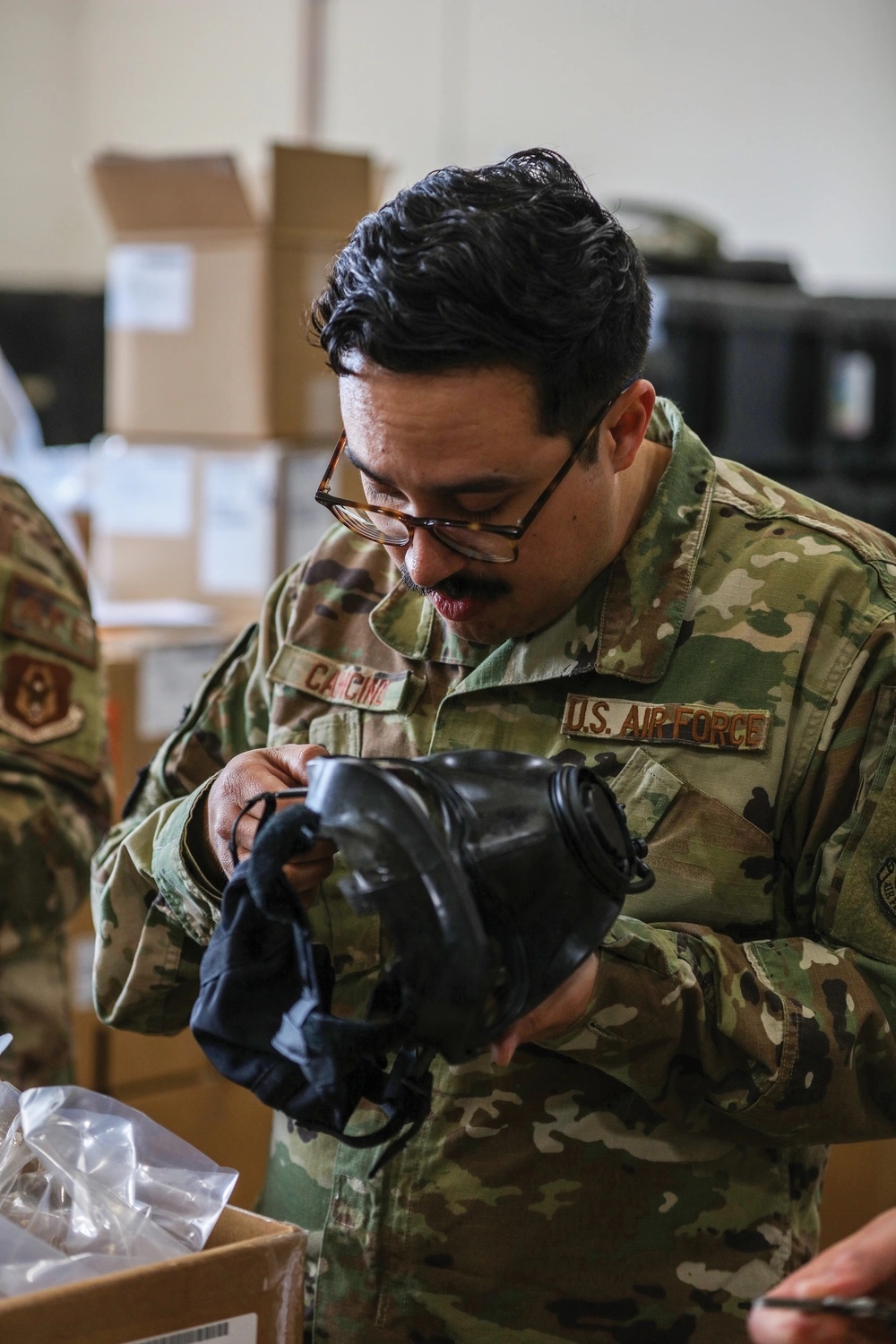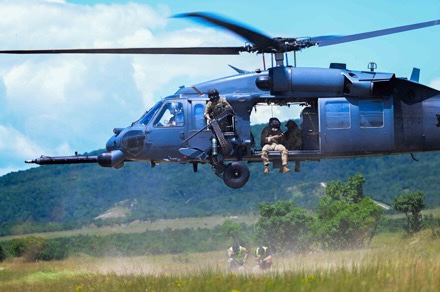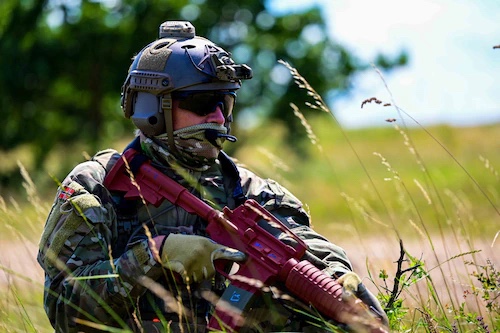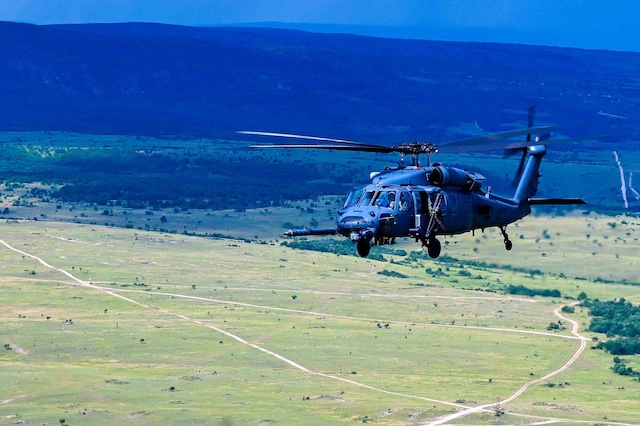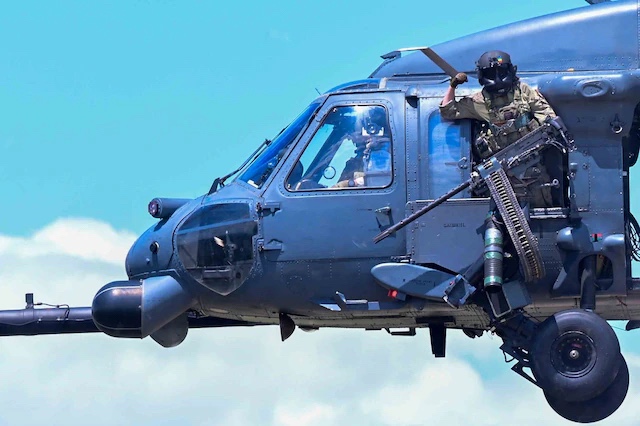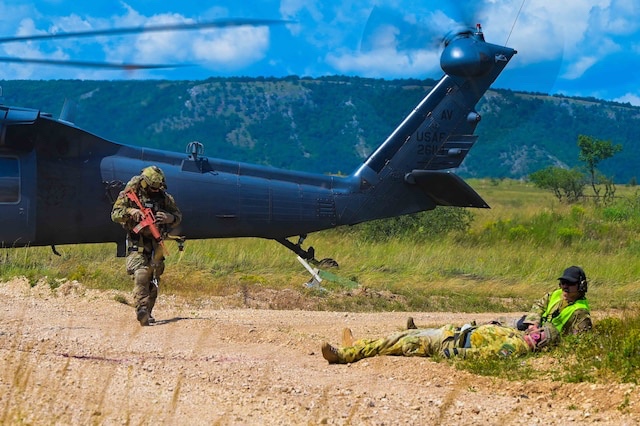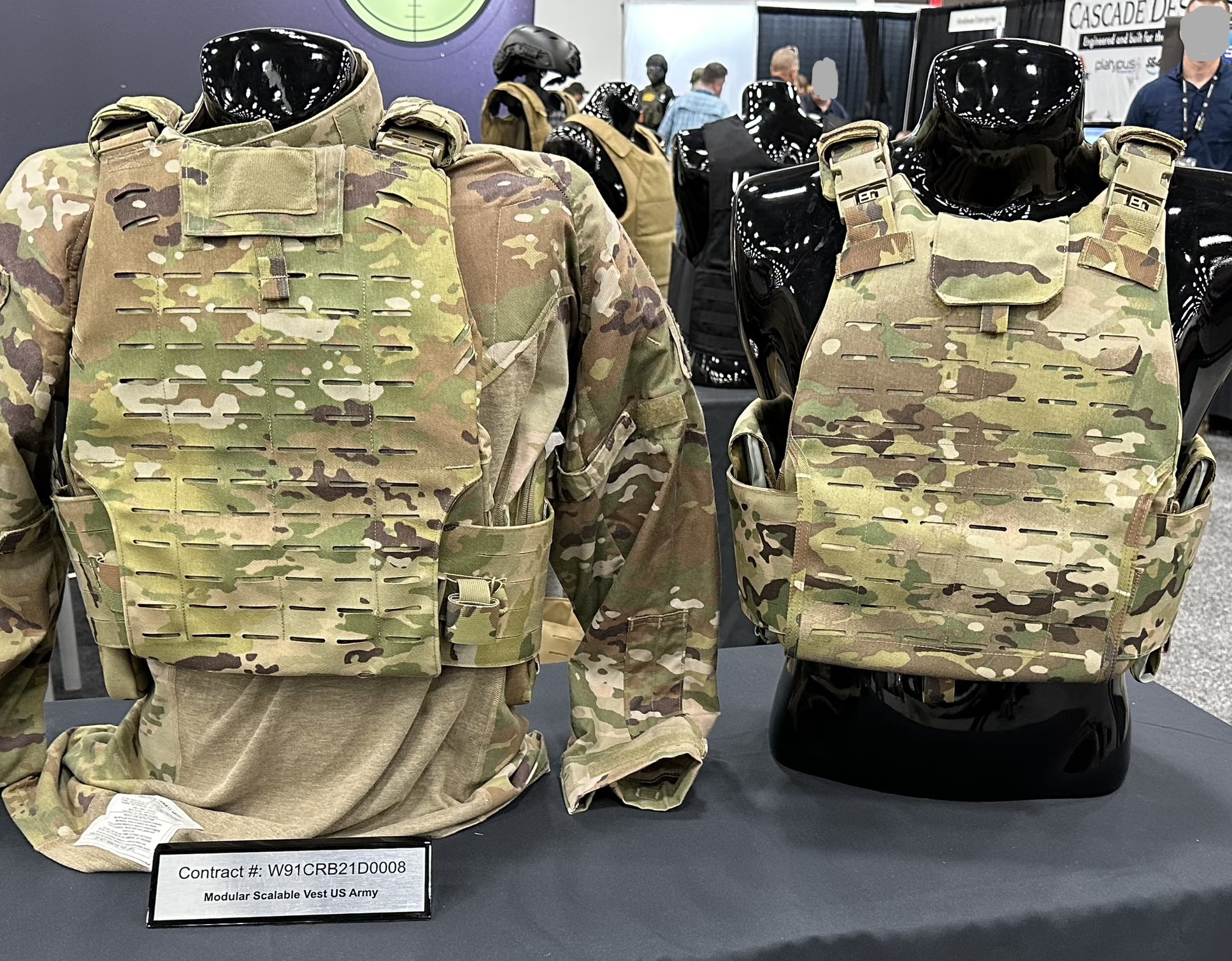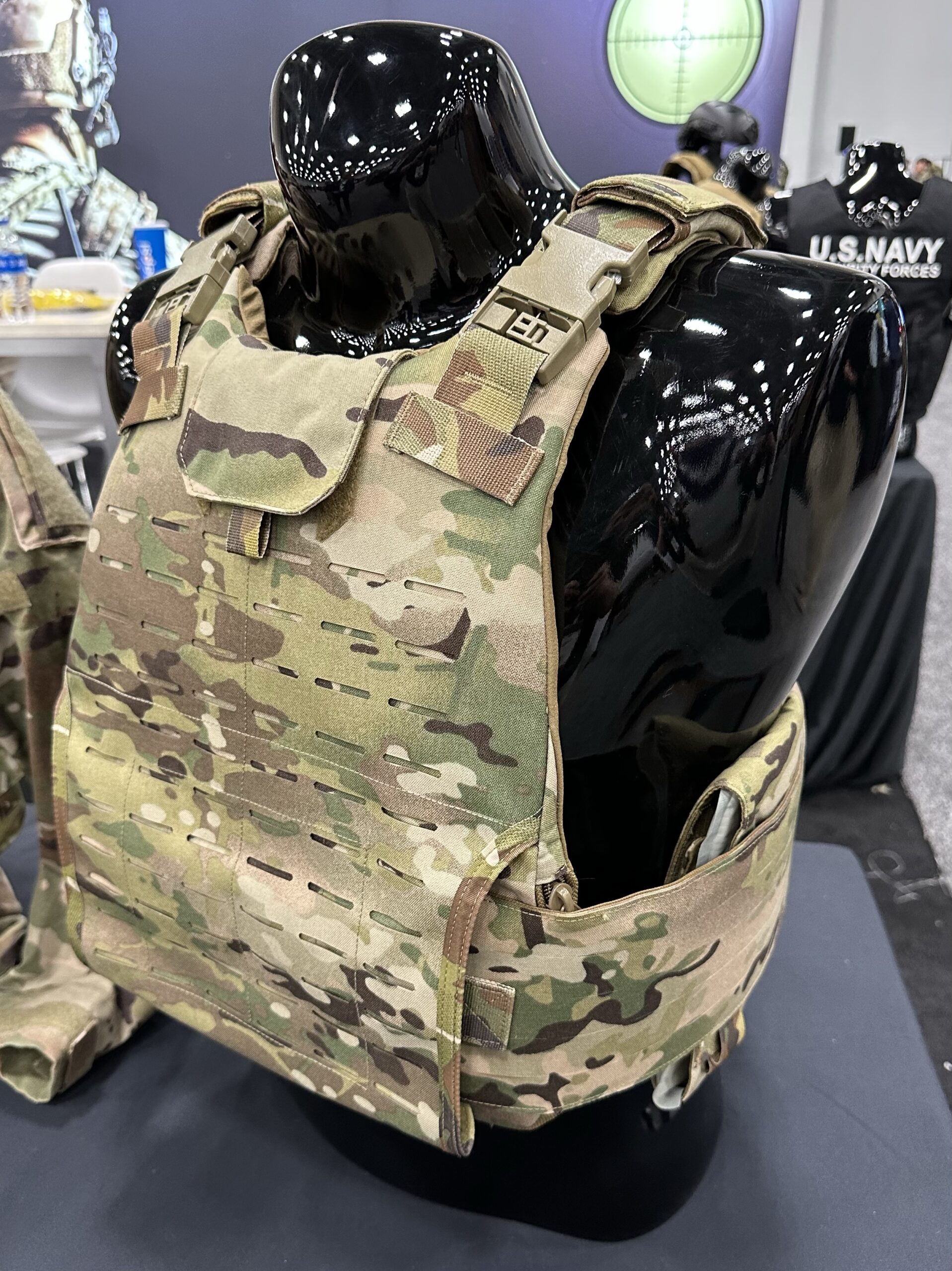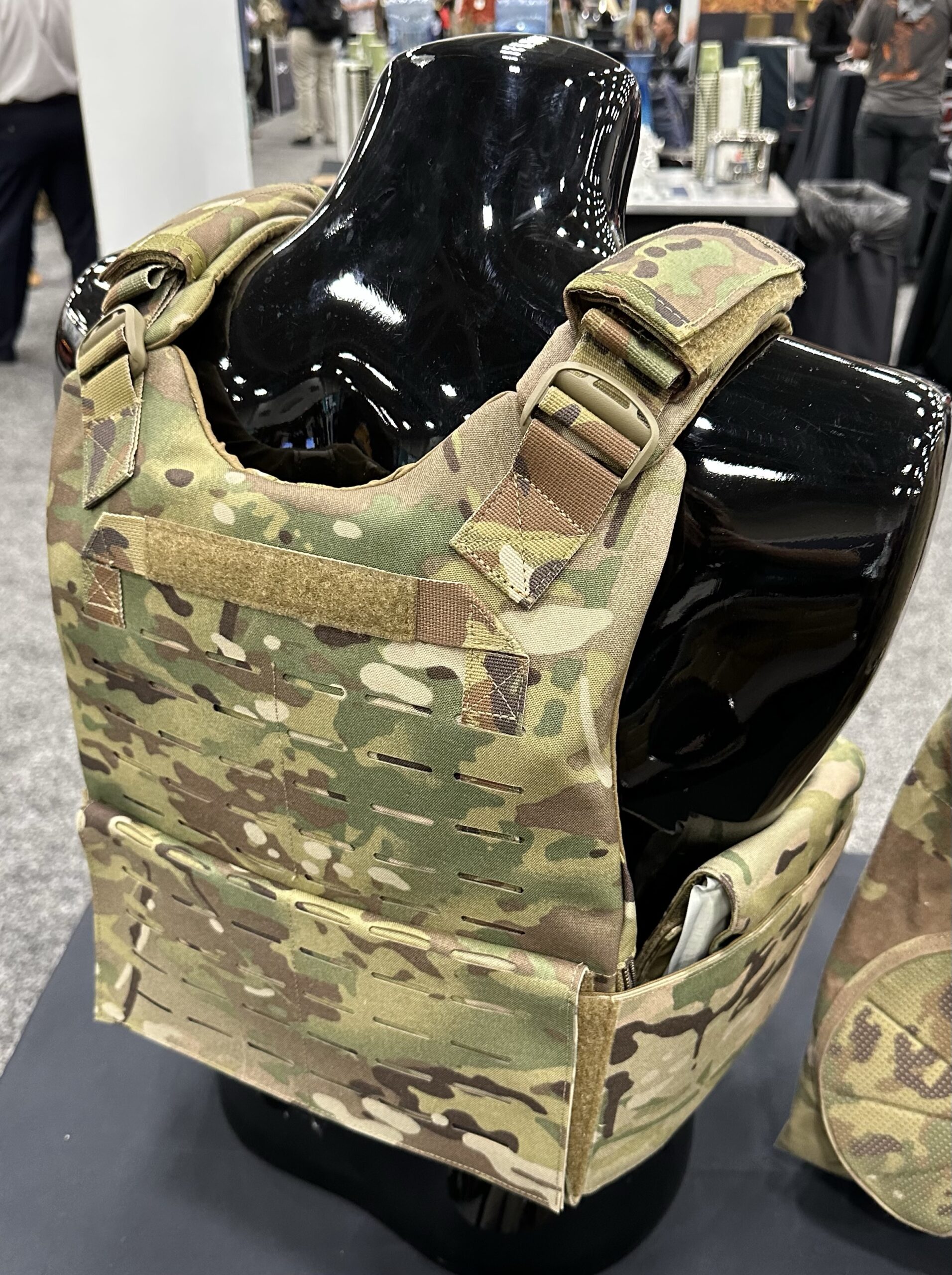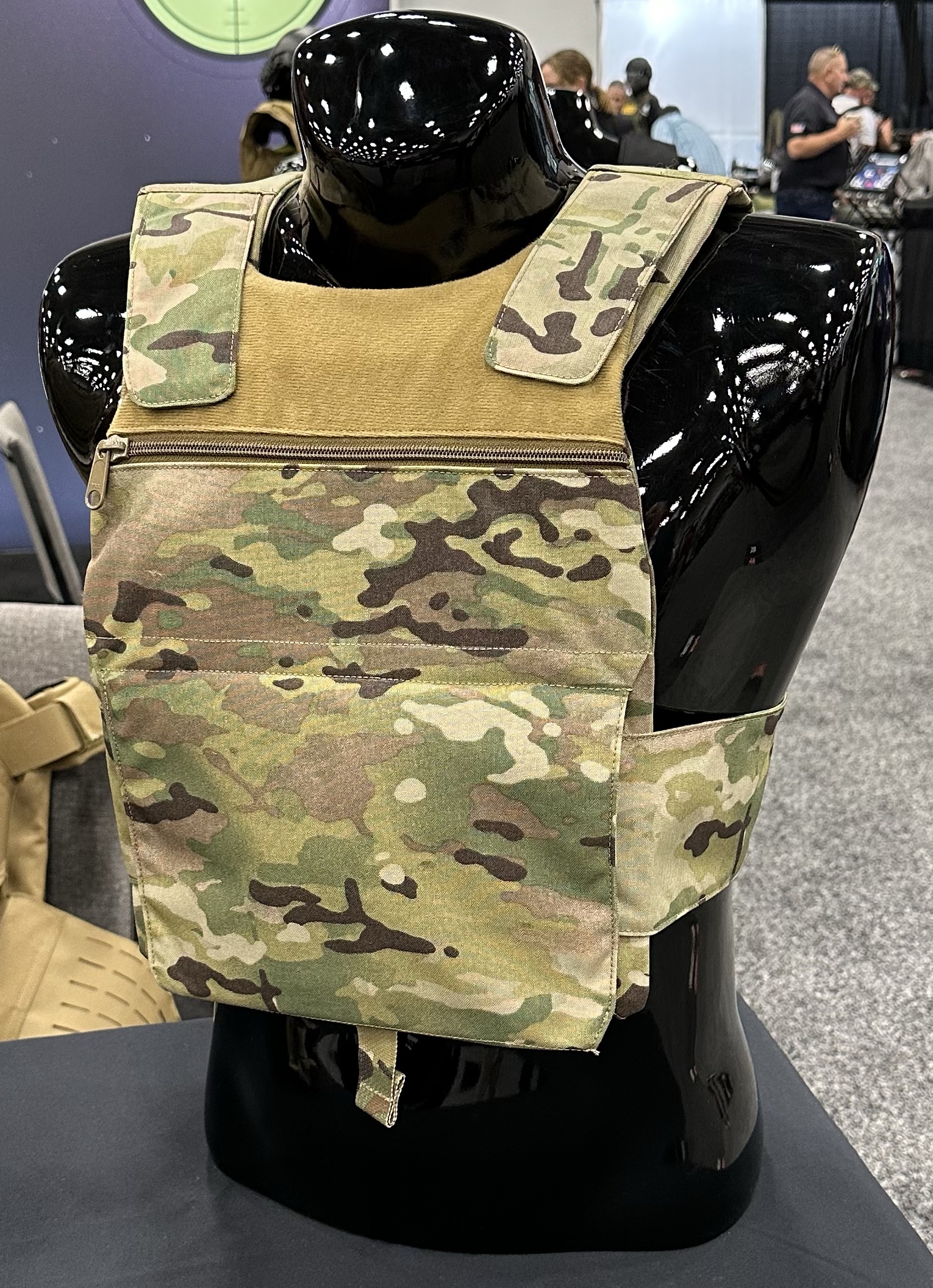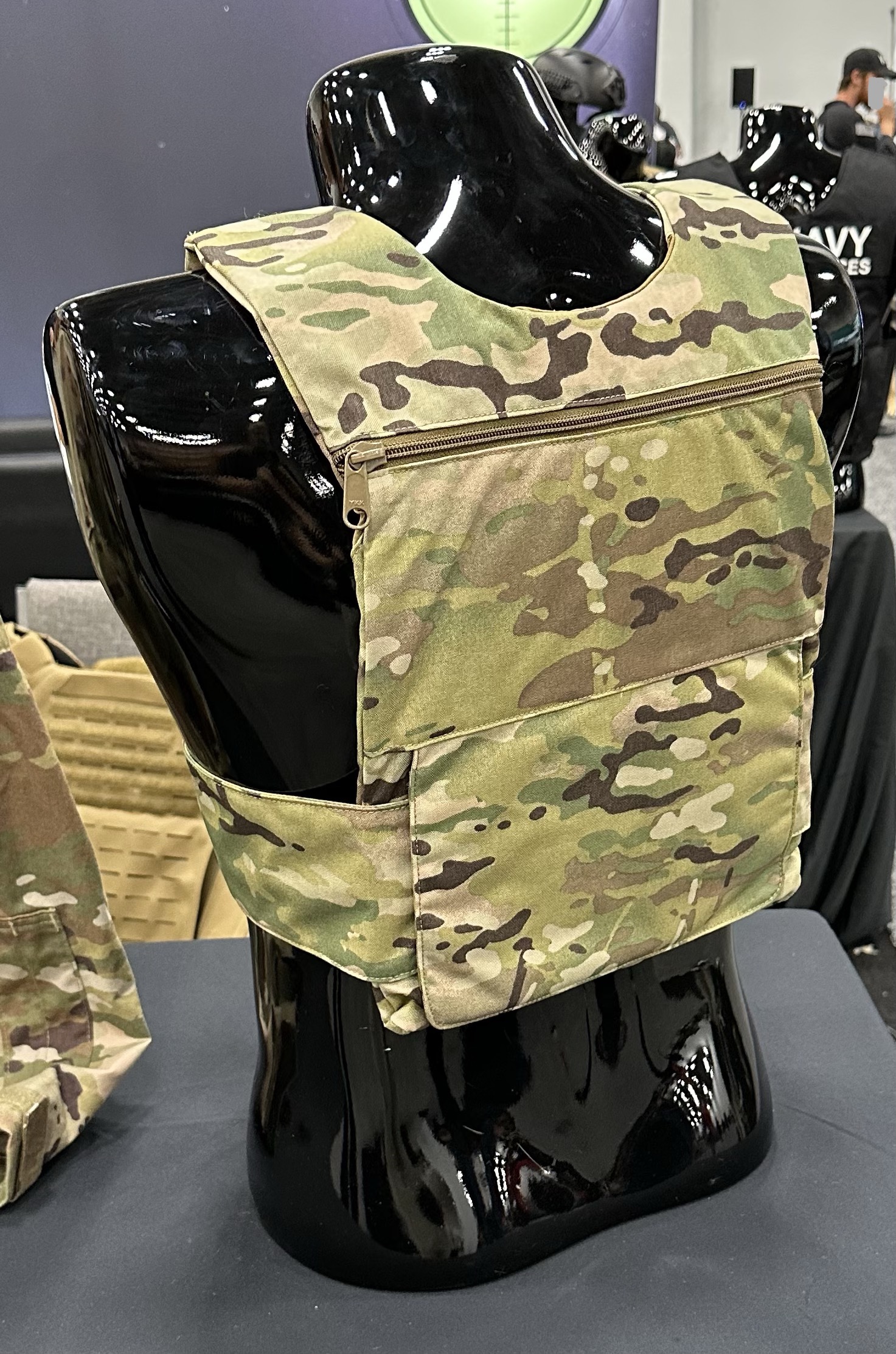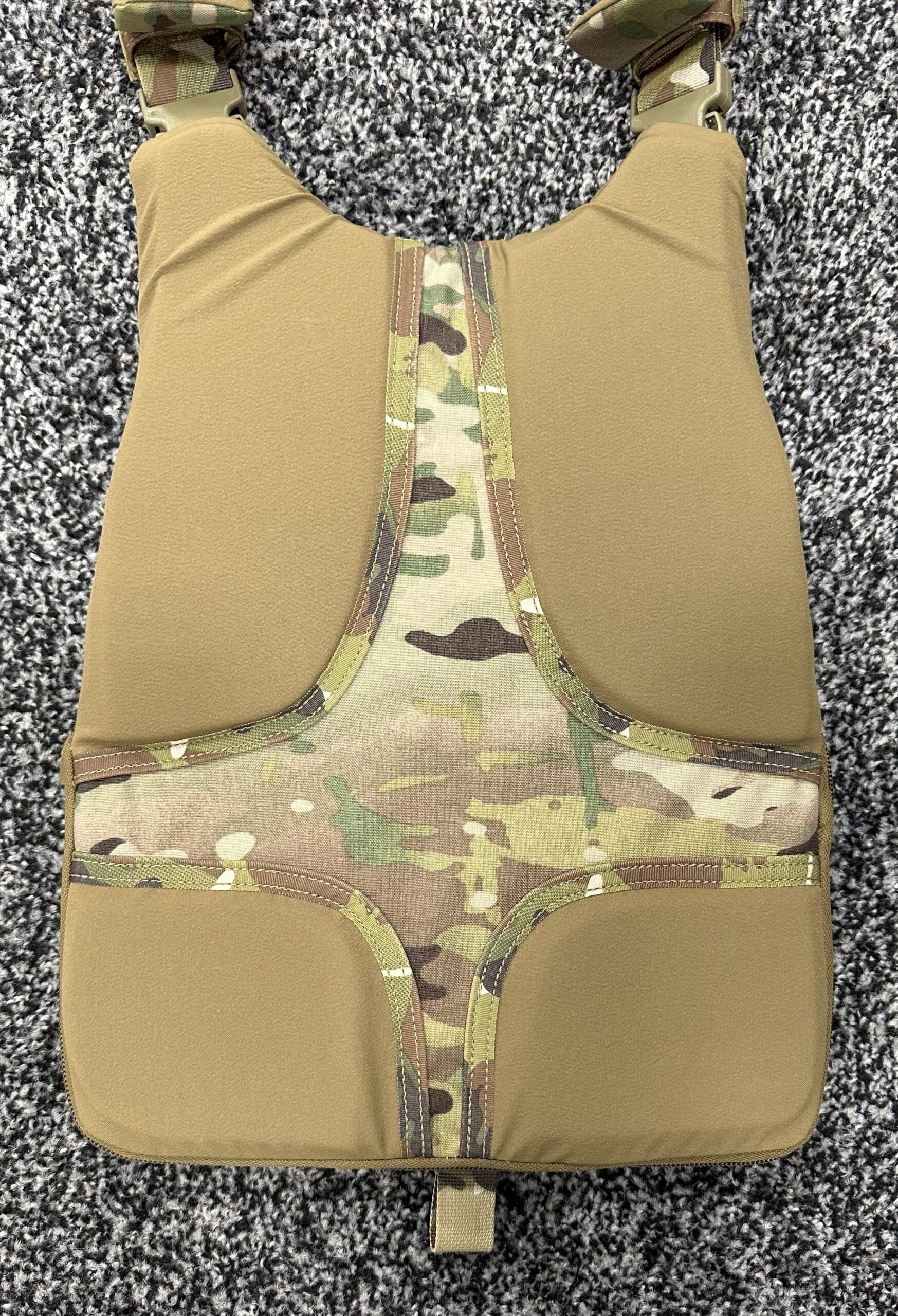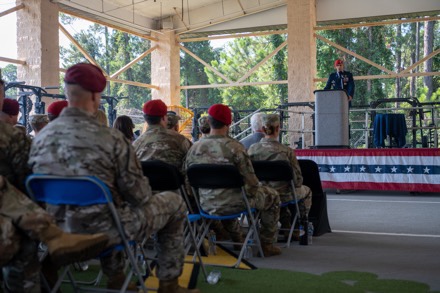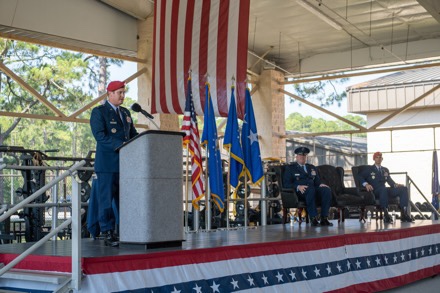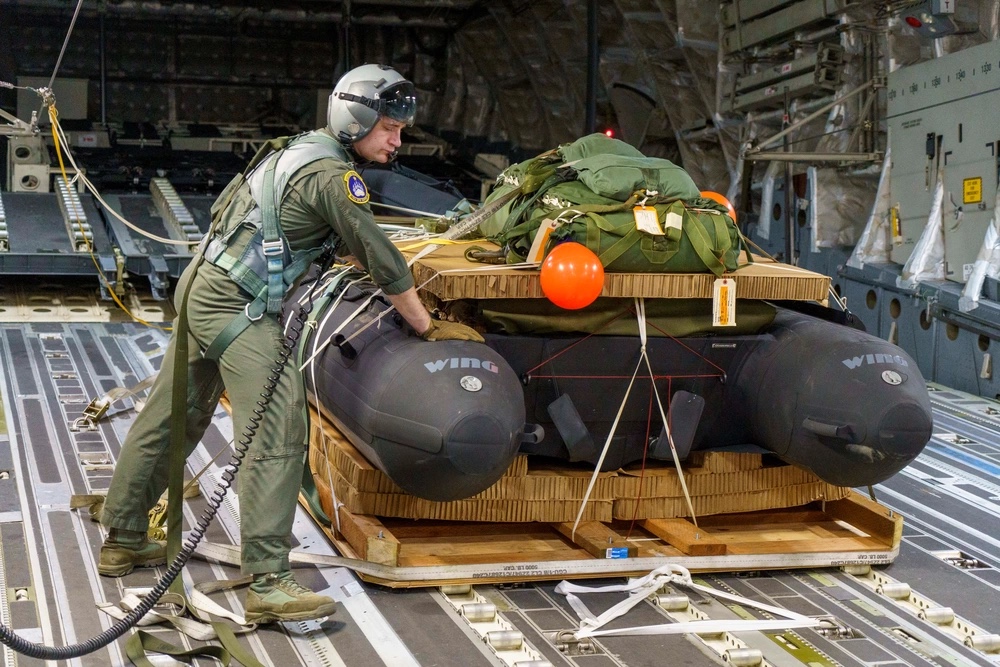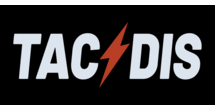JOINT BASE SAN ANTONIO-LACKLAND, Texas — At 6 a.m., the sky was still dark and the fog had yet to roll off the base, but the Special Warfare Training Wing had been buzzing with activity for hours. Tactical Air Control Party students lined up for their morning workout behind Kyle Smithson, the schoolhouse’s dietitian, as he walked into the building, rolling his Urine Specific Gravity test kit behind him.
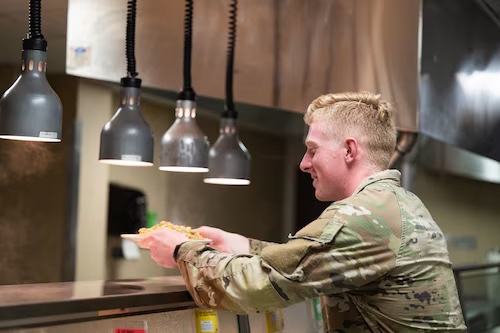
Two sections of students were scheduled to start field training the next week, which means a series of long days and heavy movement under the hot Texas sun to prepare them for even longer days when they graduate to operational units. As the dietitian, Smithson has briefed the students on the importance of staying hydrated and the warning signs of dehydration, and now, a few days before they head to field week, he’s testing their urine samples to identify dehydrated students so they can proactively hydrate over the weekend.
“I’ll be in the field with the students to make sure they’re eating and drinking properly,” Smithson said. “But testing and hydrating ahead of time reduces the risk of heat exhaustion.”
After compiling results from the sample, Smithson stops by the commander’s office to give him the list of dehydrated students, and then he completes a series of body composition tests for both instructors and students, providing personal recommendations based on their body’s muscle and fat composition, and their individual goals. Next, he makes his rounds through every classroom, checking the stock of healthy snacks and drinks to make sure students have what their bodies need within easy reach.

“Throughout their careers, these students will be exposed to toxins from gun powder, jet fuel and more, so it’s very important they’re careful with what they put into their body,” Smithson said. “They learn that intentionality here.”
Across the country, on Pope Airfield in North Carolina, Tech Sgt. Kirk Luzano, the diet tech for the combat control, special reconnaissance and special tactics officer apprentice courses, sets up breakfast for the students. While they eat, he checks in with one of the students who underperformed in that morning’s physical fitness session. The trainee hadn’t fueled appropriately, so Luzano helps him come up with a better plan for next time. Luzano then walks around the room, answering questions the students have about proper fueling for the upcoming training.
“We teach that nutrition can make a great athlete good or a good athlete great,” Luzano said. “It doesn’t matter how good or gifted you are, your performance can be affected if you don’t understand basic nutrition, or if you don’t apply what you know into your everyday routine.”
“Nutrition can make a great athlete good or a good athlete great”
Tech Sgt. Kirk Luzano
Depending on the day’s training, Special Warfare Training Wing dietitians and diet techs will recommend different foods. Students in special warfare pipelines require a generally higher caloric intake than most athletes, and on days with high-intensity training, the team recommends meals with more carbohydrates. According to Smithson, students often enter the pipeline trying to increase muscle mass by prioritizing proteins and skipping carbohydrates, however, carbohydrates fuel the brain and the body, so completing the mentally and physically rigorous special warfare training without adequate carbohydrates is near impossible.
However, knowing what to eat is only half the battle. Luzano says that students need to understand which food and beverages help replenish electrolytes, specifically sodium, and when to reach for them. To maximize performance, students must know when their bodies need water versus a sports drink, or when they should reach for a protein bar versus a sports gel. However, even this process is highly individualized—according to Smithson, people have various levels of salt in their sweat, and those with saltier sweat will perform better by opting for sports drinks and gels that have higher sodium levels.
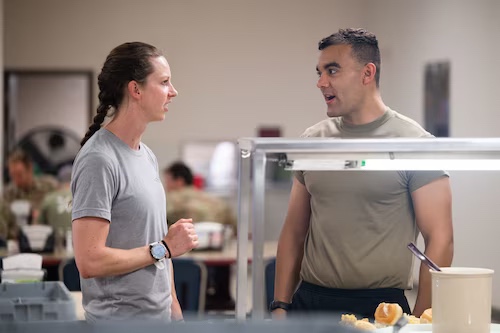
While training, students have access to these individualized recommendations and guidance, but after they earn their berets, special warfare operators still need to stay in peak mental and physical shape. This is why Captain Lynnsee Moberg, the chief of performance nutrition for the Special Warfare Training Wing, says her team prioritizes education. Smithson, Luzano and their colleagues don’t just provide recommendations, they teach, guide and educate students so they can practice performance nutrition throughout their entire careers.
“Air Force Special Warfare operators who exercise and train for extended periods during the day need to fuel their bodies differently than the average fitness enthusiast,” Moberg said. “It’s the same with cars. High-performance vehicles and off-road trucks are both great cars, but they serve different purposes and require very different amounts and kinds of fuel.”
This is why on day one of training, candidates take a class on performance nutrition, learning the ins and outs of correctly fueling for success. Immediately after the class, Moberg’s team joins the students in the dining facility for lunch and provides feedback on each candidate’s plate. From then on, candidates become accustomed to seeing dietitians and diet techs not only in the dining facility, but on rucks, in the field and during daily physical fitness sessions.

For information from the human performance team, follow the Special Warfare Human Performance Support Group on Facebook.
By Miriam A. Thurber, Special Warfare Training Wing









